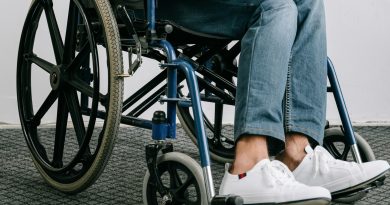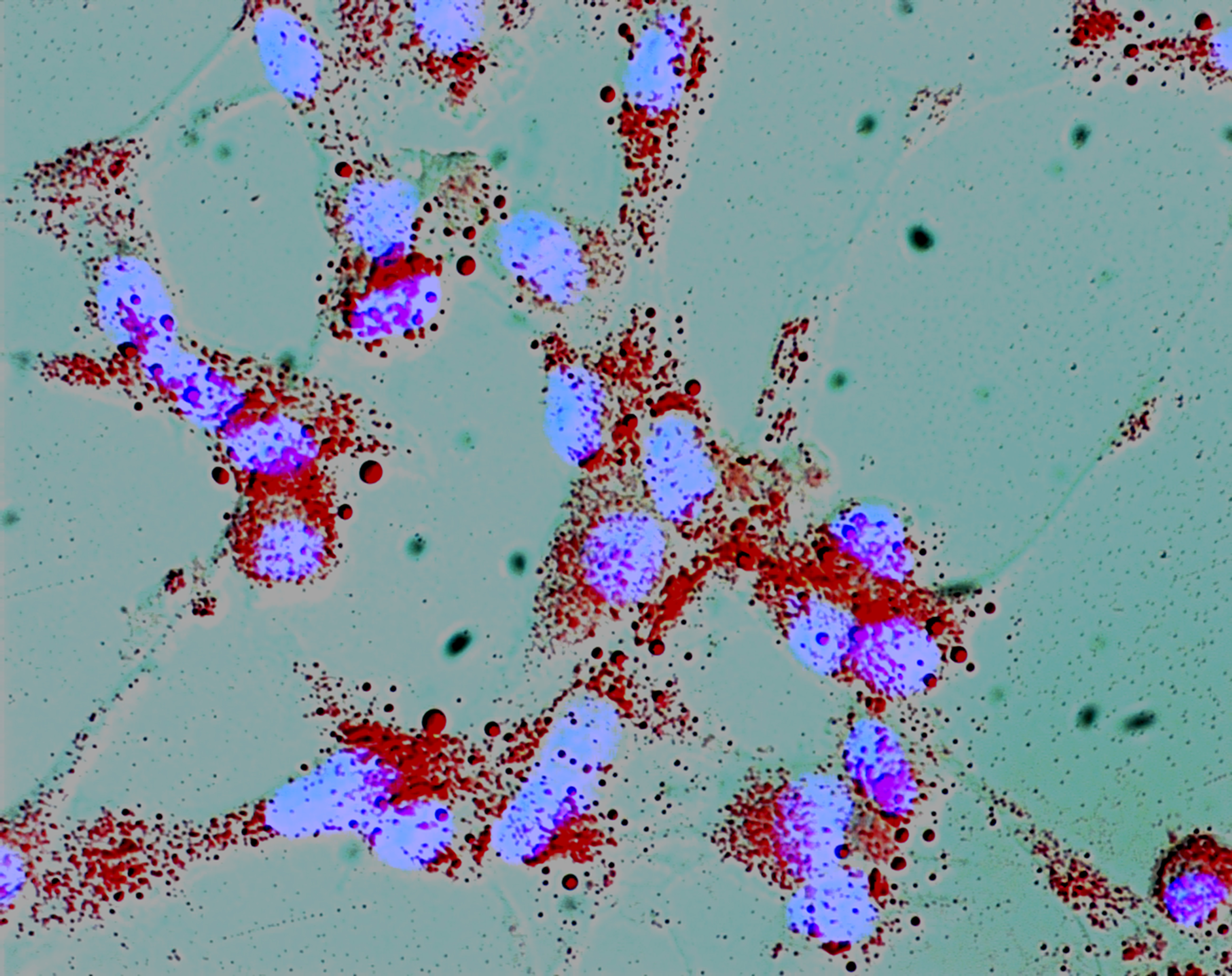Profile feature: Dr. Adam Kuspa
The following insideview interview appeared in Nature Outlook Supplement on Research Commercialization, May 5, 2016.
Baylor College of Medicine (BCM) has built a reputation as a great basic science research institution, spending over $400 million on research annually. However, in the past, the college’s commercialization results lagged behind its strength as a research powerhouse. The development that occurred in the past was usually the result of selling intellectual property to companies in distant biotech hotspots and progressed with little involvement on the part of the researchers or the college.

Over the past five years, Dr. Adam Kuspa and the BCM commercialization team have been working to change this by striking commercial deals that create lasting bonds between researchers, the college and industry. In doing so, they’ve been shifting the way Baylor funds its research and education programs towards a more sustainable model in which industry plays a bigger role than it has in the past. Here, Kuspa explains how this new model works.
Q: How did the decision for Baylor to become more involved in commercial development come about?
There was a turnover in senior leadership at major institutions here at the Texas Medical Center. Many of them came from institutions where development and commercialisation were prominent parts of the culture. Dr. Paul Klotman, who took on the leadership of Baylor, brought a renewed energy around keeping innovation close to home. So it was natural for them to arrive and ask: why hadn’t more discoveries been developed in the region? We had this huge biomedical research community — together the institutions of the TMC are second in the nation in funding from the National Institutes of Health — and a huge patient base to participate in clinical trials but little biomedical industry. There wasn’t really any stable ecosystem to grow start-ups.
Q: What were the challenges to biotech growth in Houston?
My take is that the local biotech community has suffered from having a world centre for oil and gas production so close by. A lot of the talent and investment here has gone into that industry. That’s beginning to change, though. The institutions of the Texas Medical Center are working collaboratively to create a support infrastructure that facilitates relationships between faculty and industry to commercialize research advances.
Q: What has changed at the Texas Medical Center over the past five years?
One of the biggest changes has been how we handle the kinds of relationships that bring innovations forward. As an example, we were sequencing human genomes for clinical diagnosis as far back as 2011. And because of all that genetic testing and research into the causes of disease, we were discovering drug targets literally every week. That’s not an overstatement. But we never did anything about it!
We’re now really focused on hiring and supporting more physician-scientists, chemists and others who can work together to pull the most promising projects out of the lab and put them along a critical path towards some kind of therapeutic or diagnostic outcome. This has already led to a couple of molecules heading toward phase one trials, agreements with 17 start-up companies in the last two years, and new joint governance relationships with industry. These joint governance relationships work well for us because we have a deep understanding of the biology of disease states, and our industry partners, who have the expertise to develop drugs, benefit from our expertise.
These shifts have also changed the way we train biomedical scientists. PhD students now want to get involved with the development process. Our growing relationships with industry are providing new opportunities for our students to explore career options.
Q: Can you provide examples of this new approach to industry relations?
 The best example is our joint venture with Miraca Holdings Inc. to create Baylor Miraca Genetics Laboratories. At Baylor we discover actionable alleles — versions of genes that are linked to specific traits and could serve as drug targets — by the dozen. It’s a $100 million-a-year research effort. But how do you realise the value of that when no one can patent newly characterised disease-causing alleles? In this joint venture, we have the joint academic and industry resources to leverage the discoveries our researchers make in the laboratory to offer better clinical tests and better patient diagnoses.
The best example is our joint venture with Miraca Holdings Inc. to create Baylor Miraca Genetics Laboratories. At Baylor we discover actionable alleles — versions of genes that are linked to specific traits and could serve as drug targets — by the dozen. It’s a $100 million-a-year research effort. But how do you realise the value of that when no one can patent newly characterised disease-causing alleles? In this joint venture, we have the joint academic and industry resources to leverage the discoveries our researchers make in the laboratory to offer better clinical tests and better patient diagnoses.
This new joint venture has already led to a relationship between Baylor Miraca and Diversigen, another of the college’s commercial endeavors. Diversigen, founded by a Baylor researcher and based on his research in the Human Microbiome Project, provides solutions for sequencing, analysis, and consulting services geared toward the study of the microbiome of living organisms and environments. The strategic partnership between the two companies provides their respective customers access to a broad range of microbiome and metagenomics services, as well as targeted genomics and metabolomics services.
“PhD students now want to get involved with the development process. Our growing relationships with industry are providing new opportunities for our students to explore career options.”
Q: Are institutions elsewhere paying attention to your model?
There’s no better way to start a national conversation about getting Houston on the map than to do a big deal. The Miraca deal was for $300 million. I’ve been asked to give talks, to meet healthcare executives. People tell me directly “Wow, we didn’t know Baylor was actually interested in that area!”
The new model should be a huge advantage when it comes to NIH grants. More and more, one of the key application questions is: Great that you have a new compound, but what are you going to do about it? Now we have a lot to say.
Advertisement feature.



